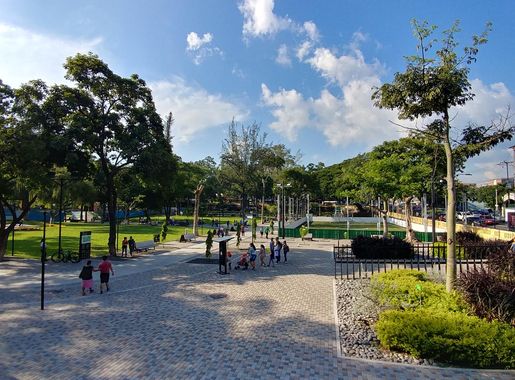
San Salvador: The Heartbeat of El Salvador
Discover San Salvador, El Salvador's vibrant capital, where history, culture, and natural beauty converge to offer an unforgettable travel experience.
Nestled in the scenic Valle de las Hamacas, San Salvador is the bustling capital of El Salvador. This city offers a blend of rich history, vibrant culture, and modern urban life. The backdrop of volcanoes and lush hills adds a natural charm to this lively metropolis, making it a unique destination for travelers. As you wander through the streets of San Salvador, you'll discover a city that is both traditional and contemporary. The historic center, with its grand architecture and colonial-era buildings, tells stories of the past. Key landmarks like the Metropolitan Cathedral and the National Palace are must-visits, offering glimpses into the city's storied history. Art and culture thrive in San Salvador. Visit the Museum of Art (MARTE) to see impressive collections of Salvadoran and Latin American art. Don't miss out on the bustling markets like Mercado Central, where you can experience local life and savor delicious Salvadoran cuisine, including the famous pupusas. For nature lovers, the nearby El Boqueron National Park offers stunning views of the San Salvador Volcano. The park is perfect for hiking and exploring, providing a peaceful escape from the city's hustle and bustle. The nightlife in San Salvador is equally vibrant, with numerous bars, clubs, and restaurants offering a lively atmosphere after dark. San Salvador is a city of contrasts – where history meets modernity, and natural beauty complements urban life. It's a destination that promises a rich and diverse experience for every traveler.
Local tips in San Salvador
- Visit El Boqueron National Park early in the morning to avoid crowds and enjoy cooler temperatures.
- Try the local specialty, pupusas, at a traditional market for an authentic Salvadoran culinary experience.
- Use reputable taxi services or ride-sharing apps for safe and convenient transportation around the city.
- Stay alert and be mindful of your belongings, especially in crowded areas, to ensure a safe visit.
- Learn a few basic Spanish phrases; it will be helpful for better communication with locals.
Neighbourhoods in San Salvador
San Salvador: The Heartbeat of El Salvador
Nestled in the scenic Valle de las Hamacas, San Salvador is the bustling capital of El Salvador. This city offers a blend of rich history, vibrant culture, and modern urban life. The backdrop of volcanoes and lush hills adds a natural charm to this lively metropolis, making it a unique destination for travelers. As you wander through the streets of San Salvador, you'll discover a city that is both traditional and contemporary. The historic center, with its grand architecture and colonial-era buildings, tells stories of the past. Key landmarks like the Metropolitan Cathedral and the National Palace are must-visits, offering glimpses into the city's storied history. Art and culture thrive in San Salvador. Visit the Museum of Art (MARTE) to see impressive collections of Salvadoran and Latin American art. Don't miss out on the bustling markets like Mercado Central, where you can experience local life and savor delicious Salvadoran cuisine, including the famous pupusas. For nature lovers, the nearby El Boqueron National Park offers stunning views of the San Salvador Volcano. The park is perfect for hiking and exploring, providing a peaceful escape from the city's hustle and bustle. The nightlife in San Salvador is equally vibrant, with numerous bars, clubs, and restaurants offering a lively atmosphere after dark. San Salvador is a city of contrasts – where history meets modernity, and natural beauty complements urban life. It's a destination that promises a rich and diverse experience for every traveler.
When is the best time to go to San Salvador?
Iconic landmarks you can’t miss
Monument to the Divine Savior of the World
Explore the stunning Monument to the Divine Savior of the World, a symbol of El Salvador's heritage, beauty, and cultural significance.
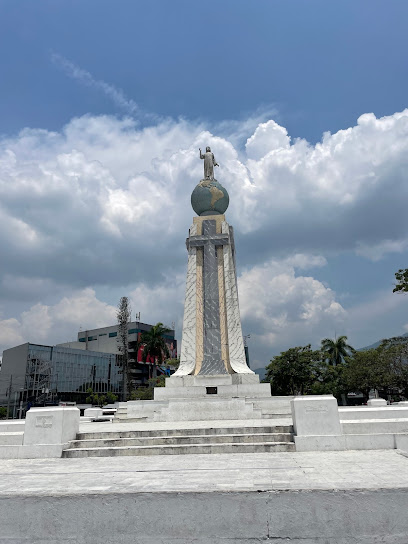
Plaza Salvador del Mundo
Discover the vibrant Plaza Salvador del Mundo, a cultural landmark in San Salvador, perfect for relaxation, photography, and local festivities.
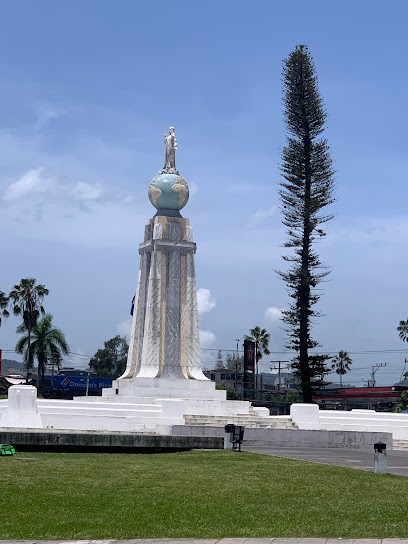
Plan de la Laguna Botanical Garden
Explore the lush landscapes and tranquil beauty of Plan de la Laguna Botanical Garden in Antiguo Cuscatlán, a perfect escape for nature lovers.
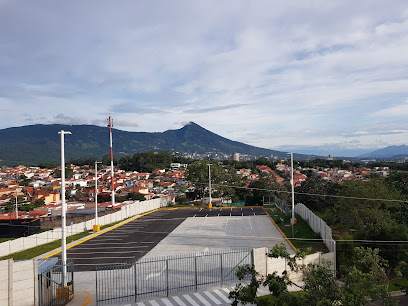
Liberty Plaza
Explore Liberty Plaza, San Salvador's vibrant city park, where culture, nature, and community come together in a serene urban oasis.
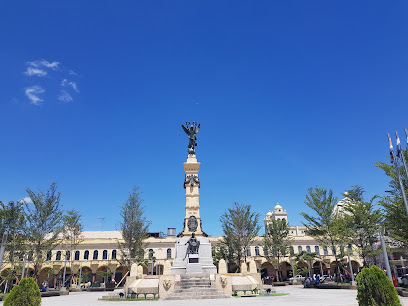
Parque Nacional El Boquerón
Explore Parque Nacional El Boquerón: A stunning national park with breathtaking views, rich biodiversity, and fascinating volcanic history near Santa Tecla.
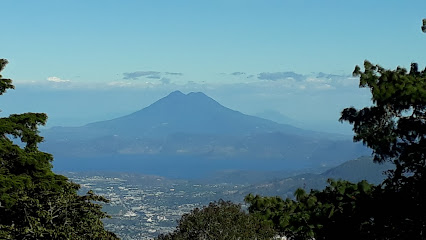
Metropolitan Cathedral of San Salvador
Explore the breathtaking beauty and rich history of the Metropolitan Cathedral of San Salvador, a must-see cultural landmark in the heart of the city.
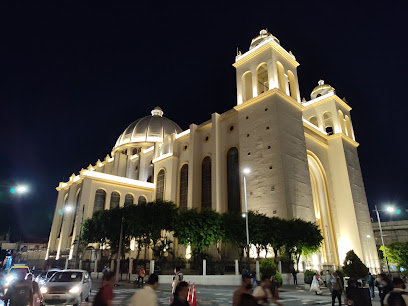
Tazumal Archaeological Park
Discover the majestic remnants of the ancient Mayan civilization at Tazumal Archaeological Park, a captivating journey through history in Chalchuapa, El Salvador.

Devil's Gate Lookout
Experience the breathtaking views and serene beauty of Devil's Gate Lookout in Panchimalco, a must-visit destination for nature lovers and adventurers.
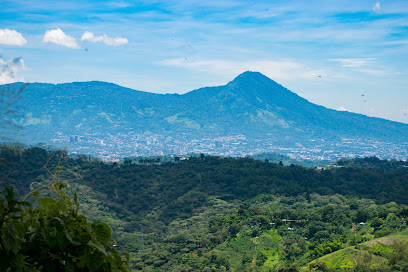
Civic Square Captain General Gerardo Barrios
Explore the beauty and culture of San Salvador at Civic Square Captain General Gerardo Barrios, a peaceful retreat in the city's heart.

Basilica of Our Lady of Guadalupe
Experience the spiritual and architectural beauty of the Basilica of Our Lady of Guadalupe in Antiguo Cuscatlán, a must-visit landmark in El Salvador.
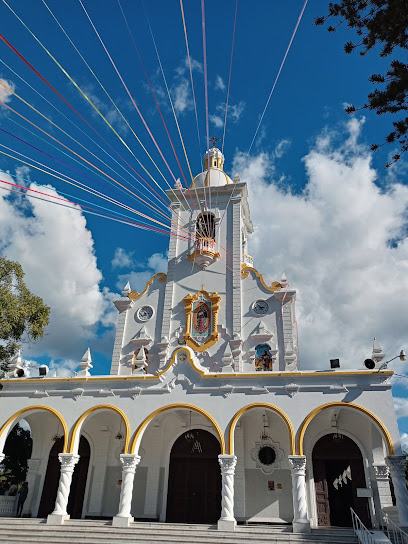
Military Museum of the Armed Forces of El Salvador
Explore the Military Museum of the Armed Forces of El Salvador, a profound journey through the nation's military history and heritage.

Monument to the Constitution of El Salvador
Discover the Monument to the Constitution of El Salvador, a stunning sculpture symbolizing democracy and national pride in the heart of San Salvador.
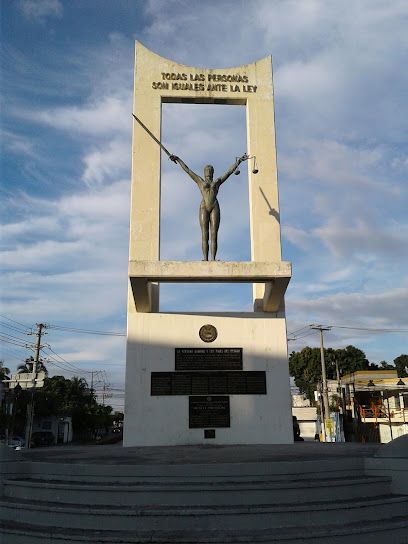
Parque Arqueológico San Andrés
Explore the rich history of Parque Arqueológico San Andrés, a captivating archaeological site in El Salvador that unveils the mysteries of ancient civilizations.
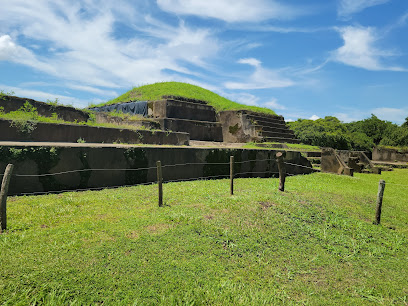
National Palace of El Salvador
Explore the National Palace of El Salvador – a stunning architectural gem and a vital piece of the country's rich cultural heritage.

Parque Arqueológico Joya de Cerén
Uncover the ancient Maya civilization at Joya de Cerén, a UNESCO World Heritage site showcasing remarkable preservation and cultural significance.
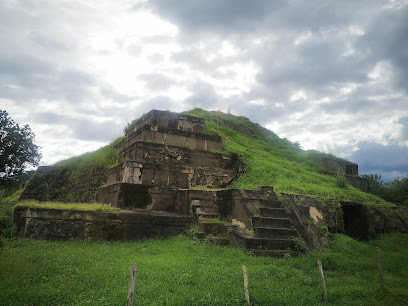
Unmissable attractions to see
Parque Cuscatlán
Experience the lush beauty and cultural richness of Parque Cuscatlán, a must-visit city park in San Salvador for all nature and history enthusiasts.
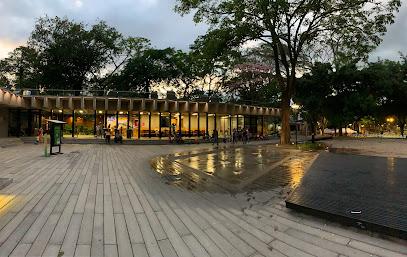
El Cafetalón
Explore El Cafetalón, a beautiful park in Santa Tecla, where nature meets recreation in a peaceful urban environment.
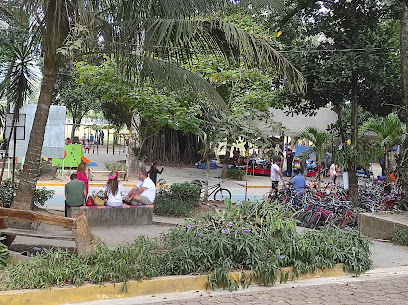
Plan de la Laguna Botanical Garden
Explore the vibrant flora and tranquil pathways of the Plan de la Laguna Botanical Garden in Antiguo Cuscatlán, a serene escape for nature lovers.
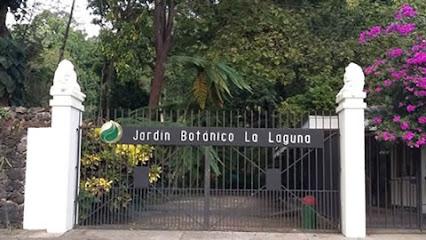
Plaza Libertad
Discover the vibrant heart of San Salvador at Plaza Libertad, a historic park filled with culture, art, and local flavors.
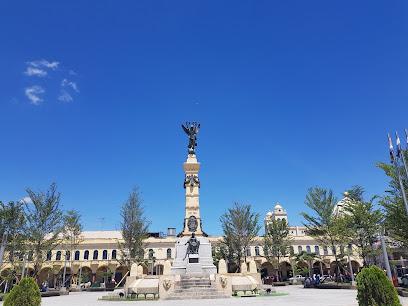
Antiguo Cuscatlan Central Park
Explore the tranquil beauty of Antiguo Cuscatlán Central Park, a vibrant oasis that embodies the essence of local culture and nature.
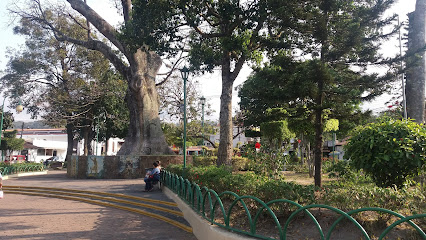
Parque Nacional Cerro Verde
Explore the stunning landscapes, rich biodiversity, and cultural significance of Parque Nacional Cerro Verde in El Salvador.
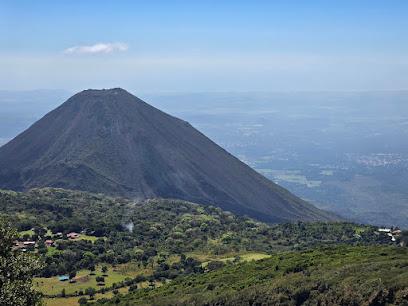
Parque Nacional El Boquerón
Discover the breathtaking beauty of Parque Nacional El Boquerón, a must-visit national park near Santa Tecla, El Salvador, featuring lush landscapes and stunning crater views.
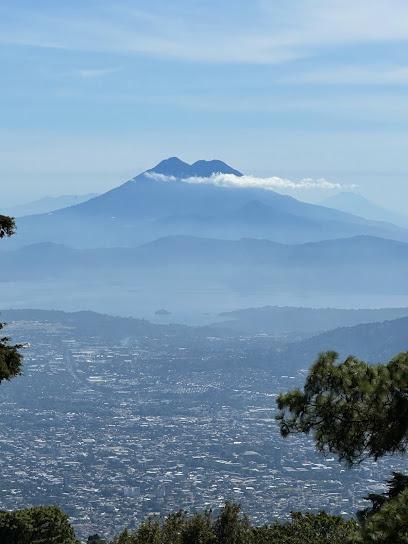
Catedral Metropolitana de San Salvador
Explore the breathtaking Catedral Metropolitana de San Salvador, a masterpiece of architecture and spirituality in the heart of El Salvador.
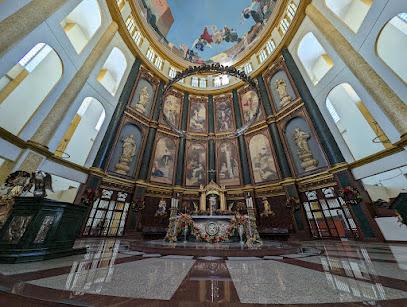
Buggy Suchitoto Tours
Experience the adventure of a lifetime with Buggy Suchitoto Tours, exploring the stunning landscapes and rich culture of El Salvador in thrilling buggies.

Parque Libertad
Discover Parque Libertad in Santa Ana, a vibrant urban park offering relaxation, culture, and culinary classes in a lush green oasis.
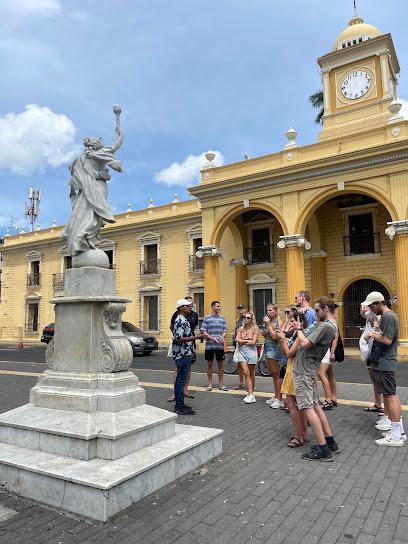
Captain Gerardo Barrios Plaza
Discover the vibrant culture and history at Captain Gerardo Barrios Plaza, a must-visit destination in the heart of San Salvador.
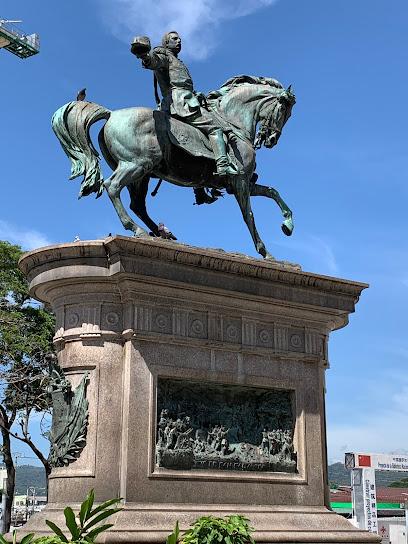
Tin Marin, Children's Museum
Explore creativity and learning at Tin Marin Children's Museum, a must-visit family destination in San Salvador.
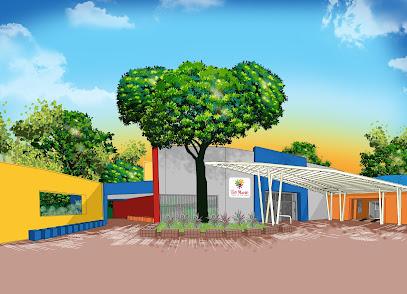
Planes de Renderos Lookout
Discover the stunning vistas of Planes de Renderos Lookout, where breathtaking views and serene landscapes create the perfect escape in El Salvador.
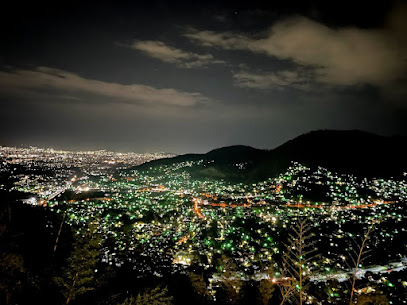
National Craft Market
Discover the National Craft Market in San Salvador, a vibrant hub of local artisans showcasing unique handcrafted treasures and cultural heritage.
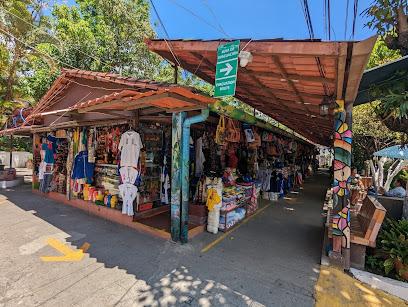
Catedral de Nuestra Señora Santa Ana
Discover the breathtaking beauty of Catedral de Nuestra Señora Santa Ana, a neo-Gothic masterpiece and cultural landmark in the heart of El Salvador.
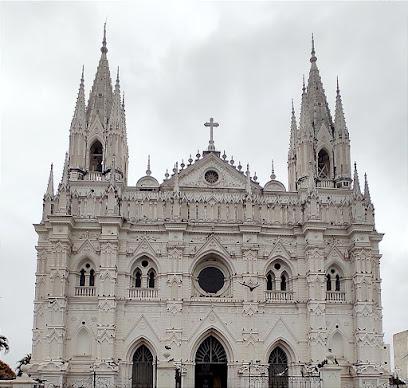
Essential places to dine
Las Brumas Grill & Cafe
Discover the vibrant flavors of El Salvador at Las Brumas Grill & Cafe - where culinary excellence meets warm hospitality.
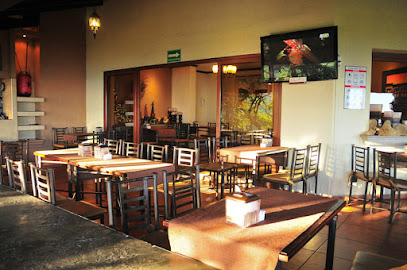
Tony Roma's
Discover exceptional American cuisine at Tony Roma's - where delicious barbecue, seafood, and steak await you in San Salvador.
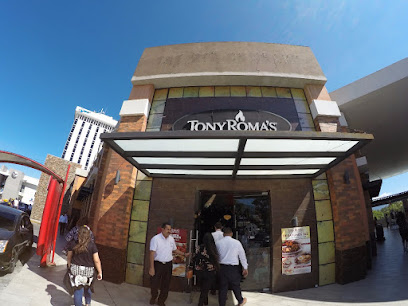
El Café de Don Pedro
Discover the flavors of El Salvador at El Café de Don Pedro—a culinary haven serving authentic dishes in a welcoming atmosphere.
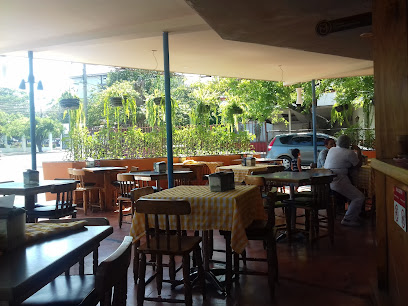
Hacienda Real
Discover the exquisite flavors of El Salvador at Hacienda Real – where culinary excellence meets vibrant ambiance.

Al Pomodoro
Experience the true taste of Italy at Al Pomodoro in San Salvador - where authentic flavors meet warm hospitality.

La Pampa Restaurant
Experience authentic Argentinian flavors at La Pampa Restaurant in San Salvador - where every bite tells a story.
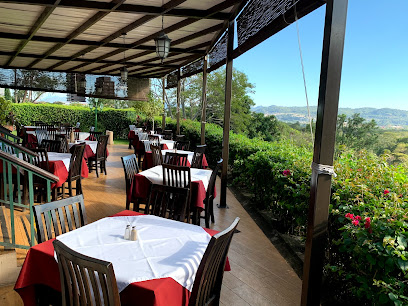
Don Li
Experience authentic Asian cuisine at Don Li in San Salvador—where traditional flavors meet modern flair for an unforgettable dining experience.
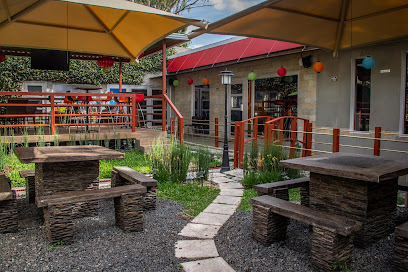
Pastaria
Savor authentic Italian cuisine at Pastaria in San Salvador—where every dish tells a story of flavor and tradition.
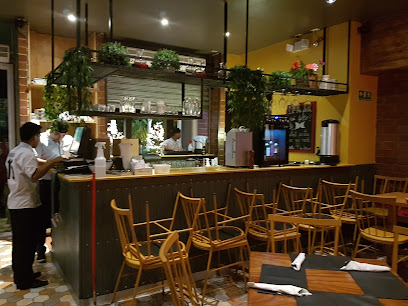
States Diner
Savor hearty breakfasts at States Diner in San Salvador - where comfort food meets local flavor.
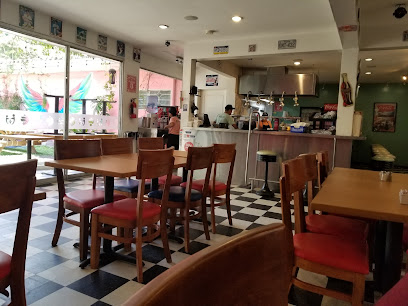
Faisca do Brasil
Experience authentic Brazilian flavors at Faisca do Brasil in San Salvador - where every meal is a festive celebration.
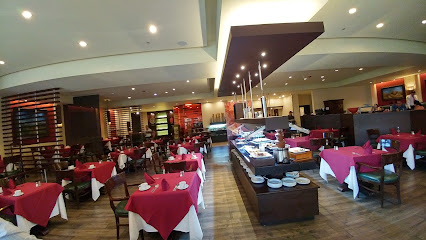
Beto's restaurant
Experience the best seafood dishes at Beto's Restaurant in San Salvador - where freshness meets flavor in every bite!
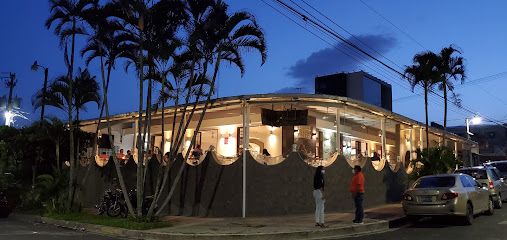
Delikat
Experience the vibrant flavors of Salvadoran cuisine at Delikat - where unique ambiance meets culinary excellence.
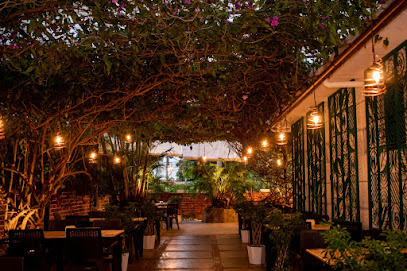
Restaurante El Arriero
Experience authentic Argentinian cuisine at Restaurante El Arriero in San Salvador - where every meal is a celebration of flavors.
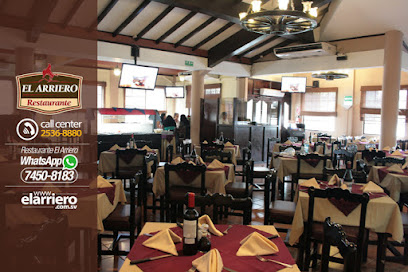
Don Li | Antiguo Cuscatlán
Savor the best of Asian cuisine at Don Li in Antiguo Cuscatlán—where every dish tells a delicious story.
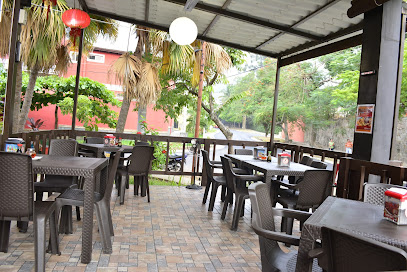
Pizza Boom
Discover the delicious world of Pizza Boom in San Salvador – where every slice tells a story!
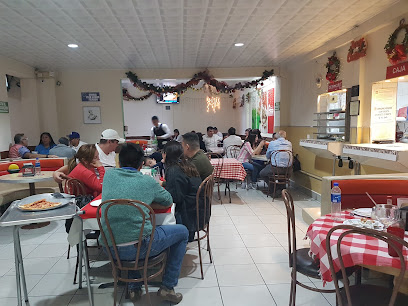
Markets, malls and hidden boutiques
Shopping Center
Explore a sustainable fashion haven in San Salvador's used clothing store, where every visit reveals unique styles and eco-friendly treasures.
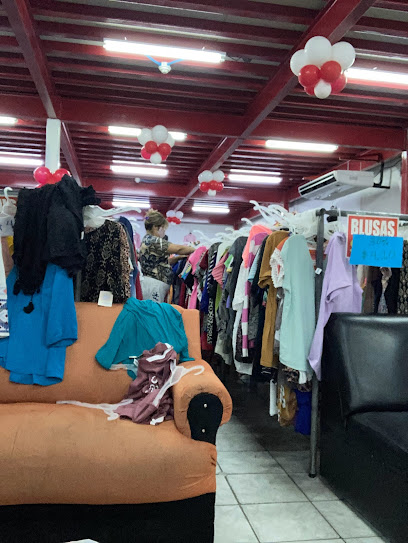
Balam Quitze Mall
Discover the charm of Balam Quitze Mall, an outlet shopping paradise in San Salvador with great deals and delicious dining options.
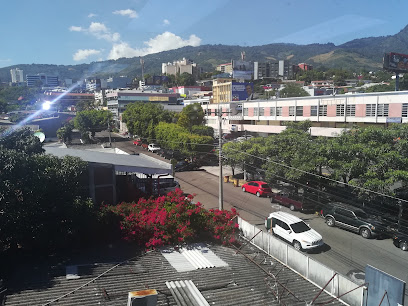
IDOL S.A DE C.V
Explore IDOL S.A DE C.V in San Salvador for unique fashion accessories and home goods—an essential stop for every traveler.
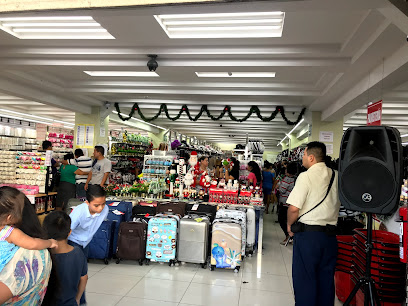
Underground El Salvador
Explore the vibrant fashion scene at Underground El Salvador, where unique styles meet local culture in the heart of San Salvador.
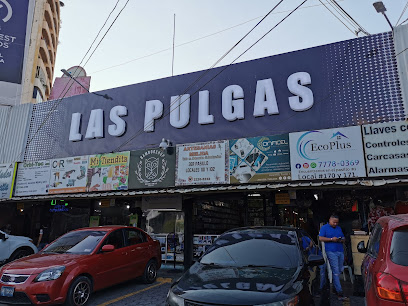
Divas Boutique
Explore the chic and stylish offerings of Divas Boutique in San Salvador, where local craftsmanship meets contemporary fashion.

Bunny Box Regalos El Salvador
Explore Bunny Box Regalos in San Salvador for unique gifts and local crafts that capture the essence of El Salvador.
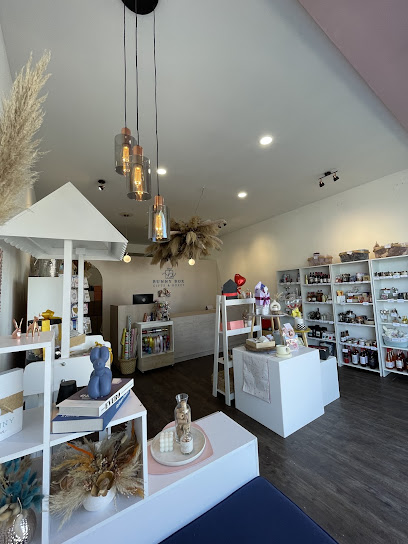
Sakura Bloom Anime Shop
Explore the vibrant world of anime at Sakura Bloom Anime Shop, a treasure trove of collectibles and oriental goods in San Salvador.
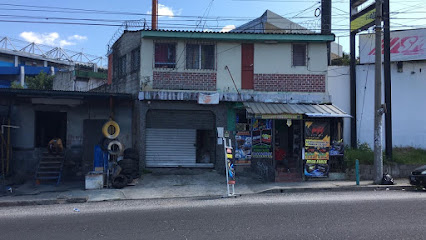
Lula Mena
Discover unique Salvadoran fashion accessories at Lula Mena, a boutique that showcases the artistry and culture of El Salvador.

Nize Store
Explore Nize Store in San Salvador for unique gifts and collectibles that reflect the vibrant culture of El Salvador.
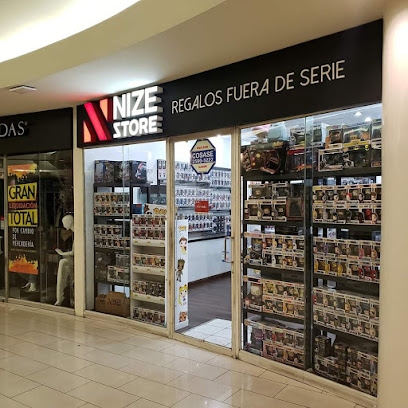
Soso Blessed Boutique
Explore Soso Blessed Boutique in San Salvador for unique clothing that blends contemporary fashion with Salvadoran culture, perfect for any traveler.

Local Store
Experience the vibrant culture of San Salvador at the Local Store, a unique department store offering a variety of local and artisanal products.
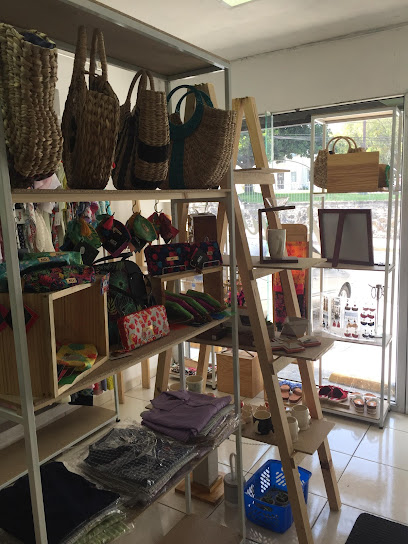
El Qué Gift Shop
Discover unique Salvadoran gifts and crafts at El Qué Gift Shop, a vibrant shopping experience in San Salvador.
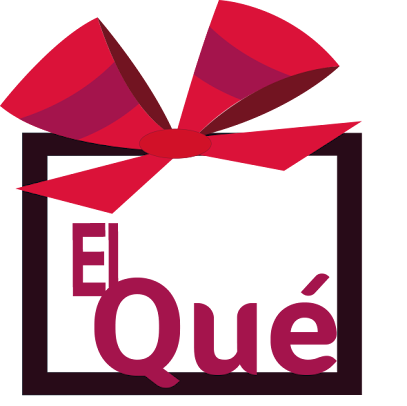
Dinasty Boutique
Explore Dinasty Boutique in San Salvador for unique fashion and local artisan treasures that capture the spirit of El Salvador.
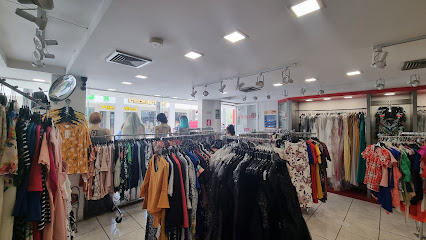
Modali Boutique
Explore Modali Boutique in San Salvador for trendy clothing and unique accessories that showcase Salvadoran fashion at its finest.

Magico Gift Shop
Explore the enchanting Magico Gift Shop for unique souvenirs and local crafts that embody the culture and spirit of your travels.

Essential bars & hidden hideouts
Republik Bar
Discover the lively atmosphere of Republik Bar, where local culture meets vibrant nightlife in the heart of San Salvador.
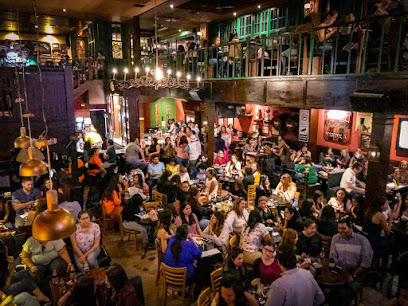
Bar La Estación SV
Experience the lively nightlife and local flavors at Bar La Estación SV in San Salvador, a must-visit destination for all travelers.
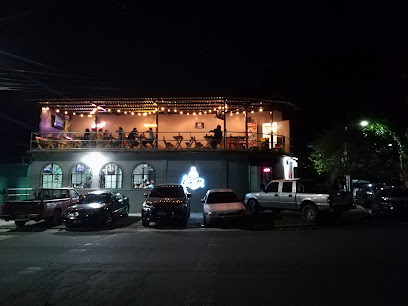
Meka - Bar
Discover Meka - a vibrant bar in San Salvador offering a diverse drink menu and lively atmosphere perfect for socializing and relaxation.
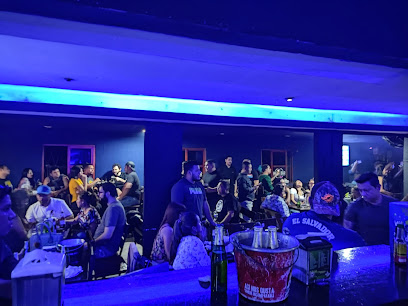
Nómada
Experience the vibrant nightlife of San Salvador at Nómada, where unique cocktails and a lively atmosphere await.
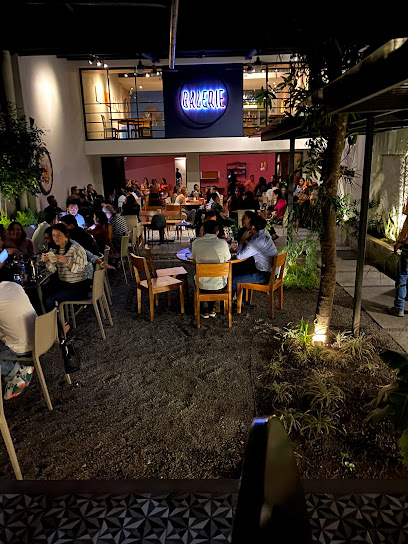
Strikers
Experience the thrill of live sports and delicious food at Strikers, San Salvador's top sports bar for tourists and locals.
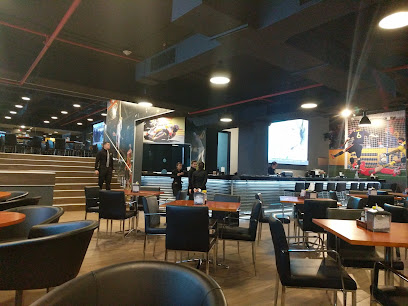
Beer Station
Experience the best of local and international craft beers at Beer Station, the ultimate beer hall and restaurant in San Salvador.
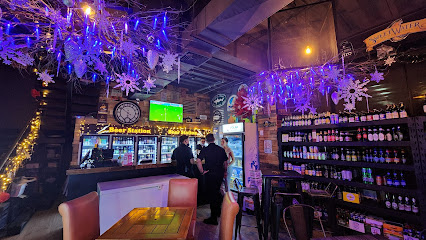
Terapia Grill
Experience the vibrant nightlife of San Salvador at Terapia Grill, where delicious drinks and great company await you.

Pose Club Bar
Dive into the vibrant nightlife of San Salvador at Pose Club Bar, where lively music and expertly crafted cocktails create unforgettable memories.
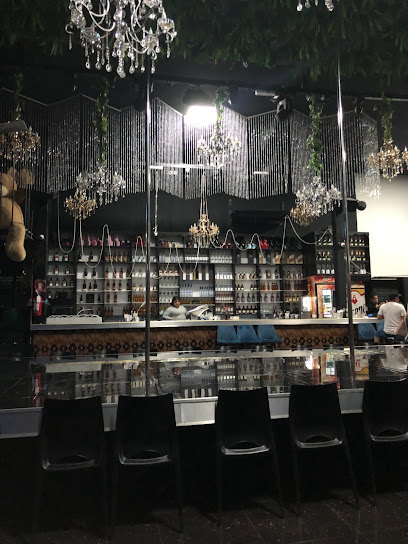
Roof Garden
Discover the Roof Garden in San Salvador - a vibrant rooftop bar offering breathtaking views, delicious drinks, and an unforgettable atmosphere.
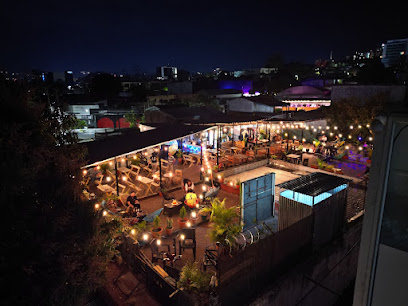
The Bunker Bar
Experience the vibrant nightlife at The Bunker Bar in San Salvador, where expertly crafted cocktails and lively entertainment await every night.
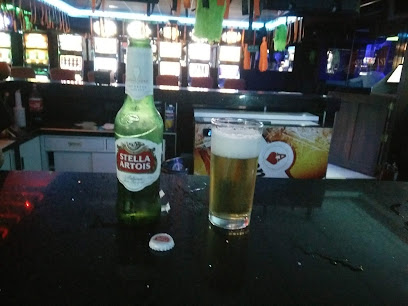
Luxor Bar Lounge
Discover the vibrant nightlife at Luxor Bar Lounge in San Salvador, where signature cocktails meet an electrifying atmosphere.
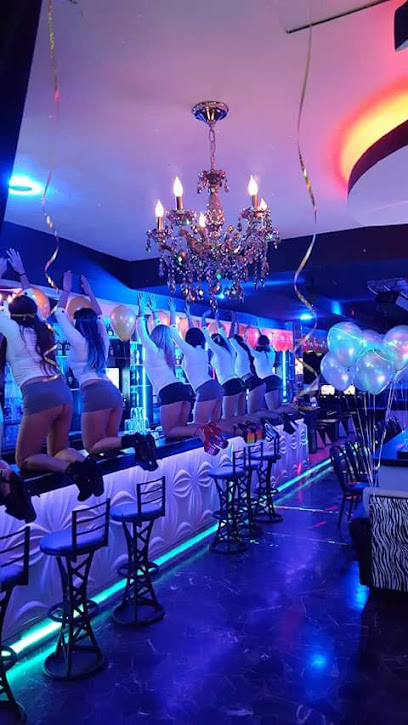
La Mansión 316 Club Bar
Discover the lively nightlife at La Mansión 316 Club Bar in San Salvador, where great drinks and vibrant atmosphere await.

Las Vegas 5 Club Bar
Discover the lively nightlife at Las Vegas 5 Club Bar in San Salvador, a perfect spot for drinks, music, and unforgettable memories.
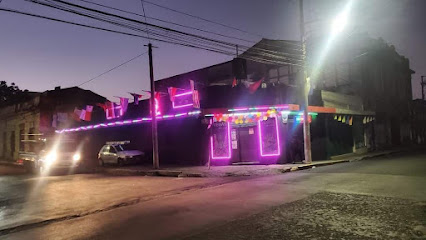
Black Rose
Explore the vibrant nightlife at Black Rose, a lively bar in San Salvador, offering a unique blend of local culture and energetic atmosphere.
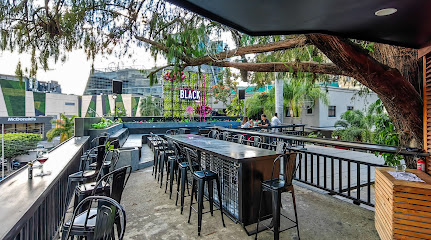
Cherry’s Club Bar
Discover Cherry’s Club Bar in San Salvador: A vibrant hotspot for cocktails, local beers, and unforgettable nightlife experiences.
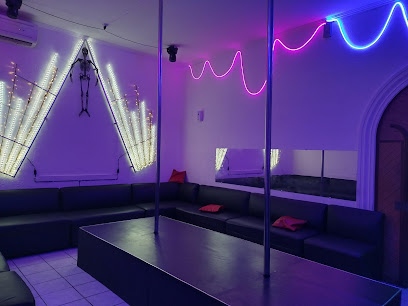
Local Phrases
-
- HelloHola
[oh-lah] - GoodbyeAdiós
[ah-dee-ohs] - YesSí
[see] - NoNo
[noh] - Please/You're welcomePor favor/De nada
[por fah-vor/de nah-dah] - Thank youGracias
[grah-see-as] - Excuse me/SorryPerdón/Lo siento
[pair-dohn/loh see-en-toh] - How are you?¿Cómo estás?
[koh-moh es-tahs] - Fine. And you?Bien. ¿Y tú?
[bee-en. ee too] - Do you speak English?¿Hablas inglés?
[ah-blahs een-glays] - I don't understandNo entiendo
[noh en-tee-en-doh]
- HelloHola
-
- I'd like to see the menu, pleaseMe gustaría ver el menú, por favor
[may goo-stah-ree-ah ver el meh-noo, por fah-vor] - I don't eat meatNo como carne
[noh koh-moh kahr-neh] - Cheers!¡Salud!
[sah-lood] - I would like to pay, pleaseMe gustaría pagar, por favor
[may goo-stah-ree-ah pah-gar, por fah-vor]
- I'd like to see the menu, pleaseMe gustaría ver el menú, por favor
-
- Help!¡Ayuda!
[ah-yoo-dah] - Go away!¡Vete!
[veh-teh] - Call the Police!¡Llama a la Policía!
[yah-mah ah lah poh-lee-see-ah] - Call a doctor!¡Llama a un doctor!
[yah-mah ah oon dohk-tohr] - I'm lostEstoy perdido
[es-toy pair-dee-doh] - I'm illEstoy enfermo
[es-toy en-fehr-moh]
- Help!¡Ayuda!
-
- I'd like to buy...Me gustaría comprar...
[may goo-stah-ree-ah kohm-prar] - I'm just lookingSolo estoy mirando
[soh-loh es-toy mee-rahn-doh] - How much is it?¿Cuánto cuesta?
[kwan-to kweh-stah] - That's too expensiveEso es muy caro
[eh-soh es moo-ee kah-roh] - Can you lower the price?¿Puede bajar el precio?
[pweh-deh bah-har el pree-syoh]
- I'd like to buy...Me gustaría comprar...
-
- What time is it?¿Qué hora es?
[keh oh-rah es] - It's one o'clockEs la una
[es lah oo-nah] - Half past (10)Las diez y media
[lahs dee-ehs ee meh-dee-ah] - MorningMañana
[mah-nyah-nah] - AfternoonTarde
[tahr-deh] - EveningNoche
[noh-cheh] - YesterdayAyer
[ah-yehr] - TodayHoy
[oy] - TomorrowMañana
[mah-nyah-nah] - 1Uno
[oo-noh] - 2Dos
[dohs] - 3Tres
[trehs] - 4Cuatro
[kwah-troh] - 5Cinco
[seen-koh] - 6Seis
[says] - 7Siete
[syeh-teh] - 8Ocho
[oh-choh] - 9Nueve
[nweh-veh] - 10Diez
[dee-ehs]
- What time is it?¿Qué hora es?
-
- Where's a/the...?¿Dónde está...?
[dohn-deh es-tah] - What's the address?¿Cuál es la dirección?
[kwal es lah dee-rehk-syohn] - Can you show me (on the map)?¿Puedes mostrarme (en el mapa)?
[pweh-dehs mohs-trar-meh (en el mah-pah)] - When's the next (bus)?¿Cuándo es el próximo (autobús)?
[kwan-doh es el proh-ksy-moh (ow-toh-boos)] - A ticket (to ....)Un boleto (a ...)
[oon boh-leh-toh (ah)]
- Where's a/the...?¿Dónde está...?
History of San Salvador
-
San Salvador was founded on April 1, 1525, by Spanish conquistador Pedro de Alvarado. Initially, the city was established in the Valley of La Bermuda but moved to its current location in 1545 to avoid flooding and other natural disasters.
-
On September 15, 1821, San Salvador, along with the rest of Central America, declared its independence from Spanish rule. This marked the end of centuries of colonial governance and the beginning of a new era for the city and nation.
-
San Salvador played a key role in the Federal Republic of Central America, which existed from 1823 to 1839. The city was one of the capitals of the federation and a center of political activity during this tumultuous period.
-
In the late 19th century, San Salvador experienced significant economic growth due to the coffee industry. The city became a hub for coffee production and export, leading to infrastructural development and modernization.
-
The 1944 Revolution in San Salvador was a pivotal event in El Salvador's history. It led to the ousting of President Maximiliano Hernández Martínez and marked the beginning of a period of political instability and social change.
-
From 1980 to 1992, San Salvador was deeply affected by the Salvadoran Civil War. The city witnessed numerous protests, violent clashes, and significant damage. The war ended with the signing of the Chapultepec Peace Accords in 1992.
-
On October 10, 1986, San Salvador was struck by a devastating earthquake that caused widespread destruction and loss of life. The city's resilience was tested as it embarked on a long and arduous rebuilding process.
-
In recent years, San Salvador has seen significant economic growth and development. The city has become a thriving metropolitan area with advancements in infrastructure, commerce, and tourism, reflecting its rich history and cultural heritage.
San Salvador Essentials
-
San Salvador is served by El Salvador International Airport (also known as Comalapa International Airport), located approximately 50 kilometers south of the city. Direct flights are available from major cities in the United States, Central America, and other international destinations. From the airport, you can take a taxi, airport shuttle, or rent a car to reach downtown San Salvador. The drive typically takes around 45 minutes to an hour, depending on traffic.
-
San Salvador offers various transportation options including public buses, taxis, and ride-sharing services like Uber and InDriver. The public bus system is extensive and inexpensive, with routes covering most areas of the city. However, it can be crowded and may not always adhere to strict schedules. Taxis are readily available and relatively affordable, but it's advisable to agree on a fare beforehand or ensure the meter is running. Car rentals are also an option for those who prefer to explore the city and surrounding areas at their own pace.
-
The official currency of El Salvador is the United States Dollar (USD). Credit and debit cards are widely accepted in hotels, restaurants, and larger stores. However, it is advisable to carry some cash for smaller establishments, markets, and public transportation. ATMs are widely available throughout the city, but be cautious when using them and avoid withdrawing large sums of money at once.
-
San Salvador has areas with varying levels of safety. While the city center and popular tourist destinations are generally safe during the day, some neighborhoods have higher crime rates. Areas like Soyapango, Apopa, and certain parts of downtown should be avoided, especially at night. Always remain vigilant, avoid displaying valuables, and stick to well-lit, populated areas. It is also advisable to use trusted transportation options and avoid walking alone after dark.
-
In case of emergency, dial 911 for immediate assistance. San Salvador has several hospitals and medical facilities, including private clinics that cater to international visitors. It is highly recommended to have travel insurance that covers medical emergencies. For minor health issues, pharmacies are widely available throughout the city. Additionally, the U.S. Embassy and other foreign embassies can provide assistance to their nationals in case of emergencies.
-
Fashion: Do dress conservatively, especially when visiting religious sites or rural areas. Avoid wearing flashy jewelry or expensive accessories. Religion: Do respect local customs and traditions. Always dress modestly and behave respectfully when visiting churches. Public Transport: Do be courteous and offer your seat to elderly passengers. Don’t eat or drink on public transportation. Greetings: Do greet people with a handshake and maintain eye contact. A friendly 'Buenos días' (Good morning) or 'Buenas tardes' (Good afternoon) is appreciated. Eating & Drinking: Do try local foods and beverages, and always accept food offerings graciously. Don’t refuse hospitality, as it is considered impolite.
-
To experience San Salvador like a local, visit the bustling Mercado Central, where you can find fresh produce, traditional foods, and local crafts. Explore the historic downtown area, including landmarks like the Metropolitan Cathedral and the National Palace. Engage with locals, who are often friendly and willing to share their culture and history. Don’t miss the opportunity to visit the nearby volcanoes and beaches, which offer stunning natural scenery and outdoor activities. For a unique experience, attend a local soccer match and feel the passionate energy of Salvadoran fans.
Trending Landmark in San Salvador
-
Monument to the Divine Savior of the World
-
Plaza Salvador del Mundo
-
Plan de la Laguna Botanical Garden
-
Liberty Plaza
-
Parque Nacional El Boquerón
-
Metropolitan Cathedral of San Salvador
-
Tazumal Archaeological Park
-
Devil's Gate Lookout
-
Civic Square Captain General Gerardo Barrios
-
Basilica of Our Lady of Guadalupe
-
Military Museum of the Armed Forces of El Salvador
-
Monument to the Constitution of El Salvador
-
Parque Arqueológico San Andrés
-
National Palace of El Salvador
-
Parque Arqueológico Joya de Cerén
Nearby Cities to San Salvador
-
Things To Do in La Libertad
-
Things To Do in Suchitoto
-
Things To Do in Santa Ana
-
Things To Do in Chalchuapa
-
Things To Do in San Miguel
-
Things To Do in Gracias
-
Things To Do in Copán Ruinas
-
Things To Do in Santa Rosa de Copán
-
Things To Do in Guatemala City
-
Things To Do in Antigua Guatemala
-
Things To Do in Tegucigalpa
-
Things To Do in Rio Dulce
-
Things To Do in Puerto Barrios
-
Things To Do in Panajachel
-
Things To Do in San Pedro Sula









